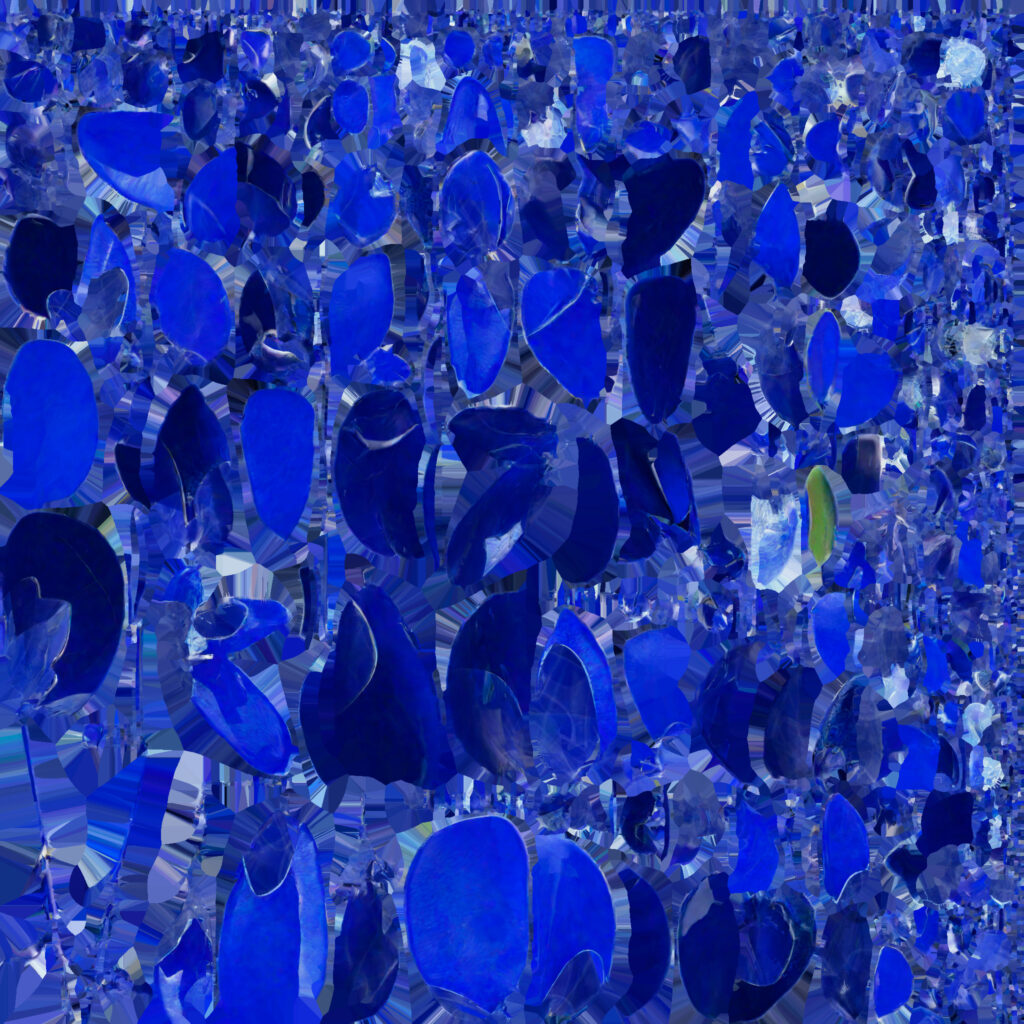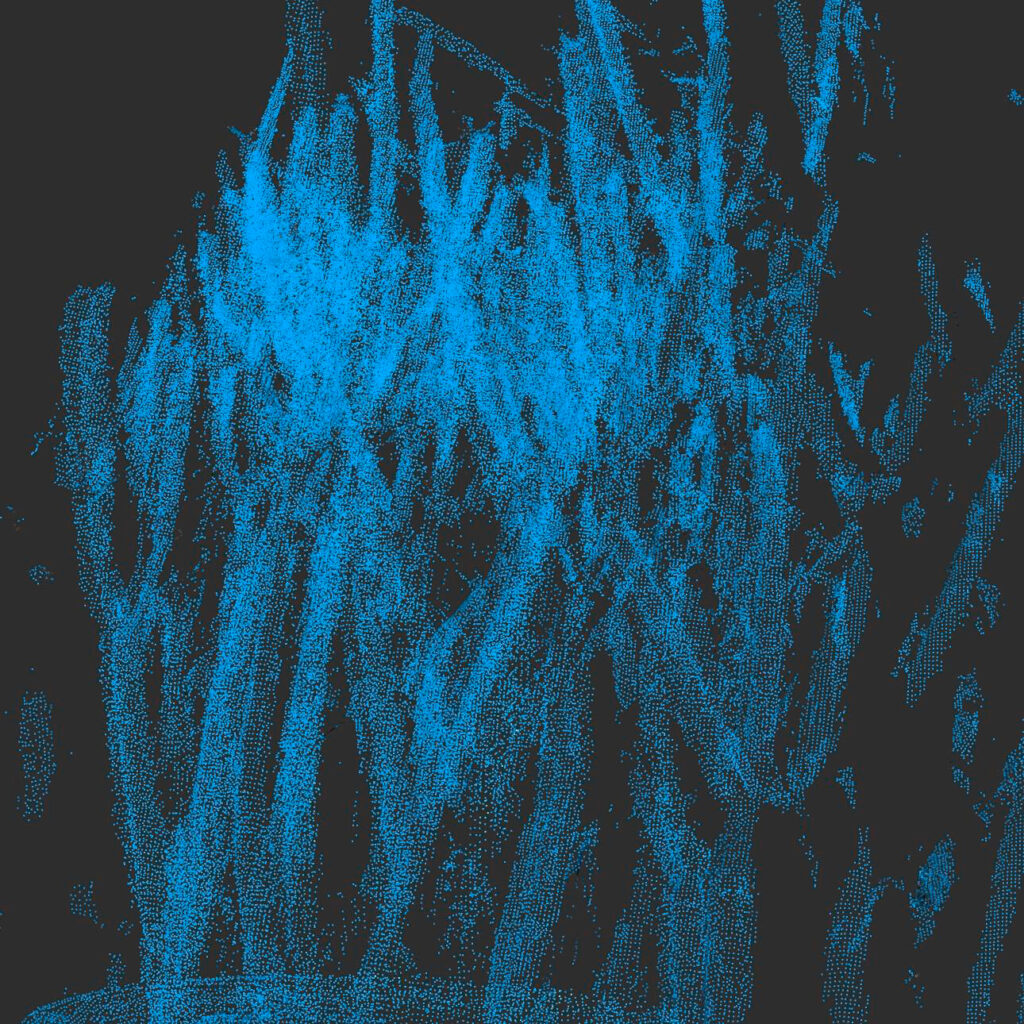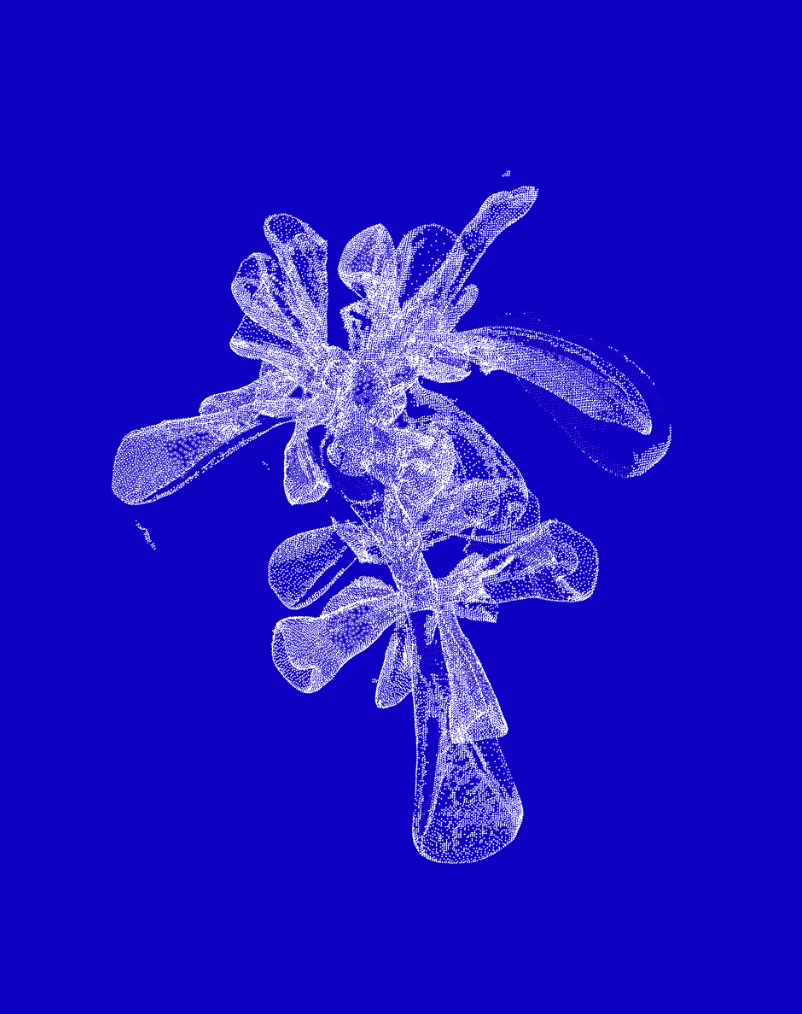The artist’s book and non-human inter-relational systems
[POST-PLANT] is a research project that combines artistic and scientific disciplines to approach plant reality and its forms of relationship with humans.
General Objectives
1- Deepen theoretically and conceptually into considerations of plants as living beings and the position they occupy within eco-social ecosystems.
2- Open the boundaries between nature and culture to find points of contact between them, seeking new ways to interpret the natural environment.
3- Learn about bioart and its implications in working with plant beings.
4- Promote artistic creation based on scientific research processes.
5- Propose expanded graphic art to capture the complexity of inter-species interactions.

Specific Objectives
1- Enable the laboratory space and select plant species to be studied from different dimensions.
2- Structure a systematized research process in the laboratory to parameterize the tests to be carried out and the results obtained.
3- Study the different responses of plants to humans through scientific technology such as electrograms, sound recordings, particle distribution, heat maps, among others.

4- Record graphically, visually, sonically, and technically the sensitive responses of plants to the tests conducted in interaction with humans.
5- Compile the material obtained into an artist’s book understood from its expanded dimension.
6- Dynamize creation in art and science, opening and showcasing the research internationally.
The aim is to capture the sensitive, sensory, and emotional dimension that science discards in its research processes in order to deepen and understand, speculate, and fictionalize the relationship between humans and non-humans (plants). The aim is to reflect plant consciousness through artistic-scientific registration and through daily laboratory experiences.
[POST-PLANT] starts from the complex study of relational possibilities between plants and humans, addressing scientific research from an artistic perspective.
It is through the integration of expanded art, installation, multiple graphic art, bioart, and direct research with living plant specimens that artistic works are sought to speculate about human and non-human relationships.
It is considered that sensitizing and making tangible the reality of other living beings (through art) such as plants allows us to raise awareness about complex climate issues and to visualize the relationship between human activity and its consequences on the environment. To carry out this project, a triple research methodology is proposed: artistic-practical, scientific-technical, and theoretical-conceptual. This triad translates into the production of knowledge in the form of artistic work, theoretical research, and scientific exploration, thus contributing to the artistic-investigative panorama in diverse ways.

Traditionally, science relies on absolute, unquestionable truths, laws of nature that govern knowledge. Art, however, could question the established norms in order to produce new sensitive knowledge. It is in this mixture of art, science, and a dose of fiction and speculation, where this project seeks to materialize. Leveraging scientific behavior, laboratory research is intended to speculate, transmit, and reflect on the relationships between humans and non-humans and to capture them in a traditional format for disseminating knowledge: the artist’s book.
The selection of this format for the materialization of the proposed research is motivated by two fundamental issues: on the one hand, the multiplicity of possibilities it offers. An artist’s book is not necessarily subject to a format, extension, dimensions, or formalization, but offers multiple contained and expanded possibilities. On the other hand, and most importantly, the historical relationship between (scientific) recording, information communication, and book format. Both issues allow the artwork to become a living, collecting, and aggregating piece of experience, both personal and scientific and artistic, in order to communicate and expose material-conceptual research with non-human beings (plants).